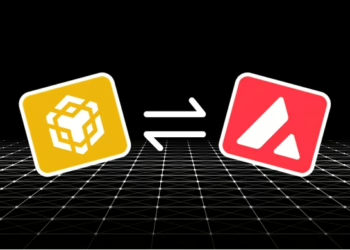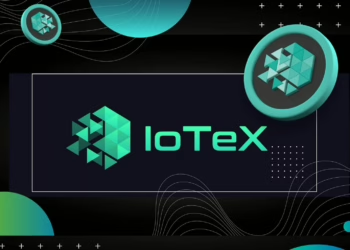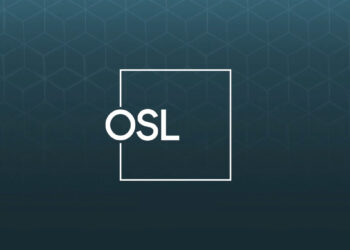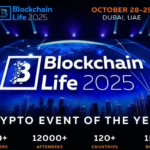Six months after the Markets in Crypto-Assets Regulation (MiCA) came into force for crypto-asset service providers (CASPs) and a full year since its implementation for stablecoin issuers, the European Union’s landmark regulatory framework is beginning to solidify, offering a clearer structure for digital asset oversight across the bloc.
𝐌𝐢𝐂𝐀 6-𝐌𝐨𝐧𝐭𝐡𝐬 𝐒𝐭𝐚𝐭𝐮𝐬 𝐔𝐩𝐝𝐚𝐭𝐞: 𝐅𝐮𝐥𝐥 𝐋𝐢𝐬𝐭 𝐨𝐟 𝐀𝐮𝐭𝐡𝐨𝐫𝐢𝐳𝐞𝐝 𝐒𝐭𝐚𝐛𝐥𝐞𝐜𝐨𝐢𝐧 𝐈𝐬𝐬𝐮𝐞𝐫𝐬 & 𝐂𝐫𝐲𝐩𝐭𝐨-𝐀𝐬𝐬𝐞𝐭 𝐒𝐞𝐫𝐯𝐢𝐜𝐞 𝐏𝐫𝐨𝐯𝐢𝐝𝐞𝐫𝐬 🇪🇺
6 months into MiCA’s application for CASPs — and 12 months for stablecoins — here’s… pic.twitter.com/5mZwOg30qq
— Patrick Hansen (@paddi_hansen) July 7, 2025
According to a July update from Patrick Hansen, Director of EU Strategy and Policy at Circle, the rollout has already produced tangible results. Fourteen stablecoin issuers from seven EU countries have been officially authorized to issue e-money tokens (EMTs), MiCA’s designation for fiat-backed stablecoins. Together, these entities account for 20 tokens: 12 pegged to the euro, seven to the U.S. dollar, and one to the Czech koruna. France, the Netherlands, and Malta each lead with three licensed issuers.
Meanwhile, momentum on the CASP front is accelerating. A total of 39 firms have received MiCA licenses across nine European jurisdictions. Germany (12) and the Netherlands (11) are leading the pack, with additional approvals in Malta (5), France (3), Luxembourg (3), Austria (2), and one each in Cyprus, Spain, and Ireland. These licensees span the financial spectrum from established banks like BBVA and Clearstream to fintech platforms such as N26 and eToro, as well as crypto-native players including Coinbase, Kraken, Bitpanda, OKX, and Bitstamp.
Despite these strides, specific gaps remain. Notably, no firm has yet been authorized to issue asset-referenced tokens (ARTs), highlighting a lack of market demand for stablecoins backed by multiple assets or commodities.
At the same time, national regulators are tightening enforcement. Transition periods have ended in several countries, including the Netherlands, Poland, Finland, Latvia, Hungary, and Slovenia, ushering in stricter compliance obligations. The Dutch Financial Markets Authority (AFM) has emerged as a key driver of licensing activity across the EU.
As the European Union marks one year of MiCA’s implementation for stablecoins, industry leaders are recognizing the regulation’s progress while also calling for improvements in areas like ART oversight, cross-border passporting clarity, and operational guidance.
If you want to read more news articles like this, visit DeFi Planet and follow us on Twitter, LinkedIn, Facebook, Instagram, and CoinMarketCap Community.
“Take control of your crypto portfolio with MARKETS PRO, DeFi Planet’s suite of analytics tools.”




















